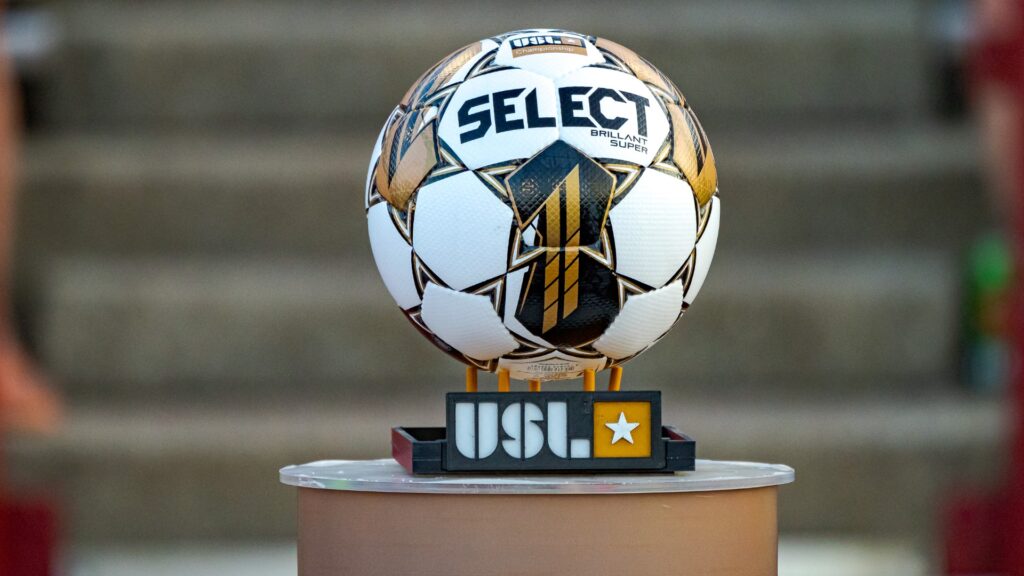USL Announces New Division I League to Rival MLS

Image Courtesy of wfaa.com
By Griffin Cappiello
On Thursday, February 13, the United Soccer League (USL) announced its plans to bring a new Division I soccer league to the United States.
The new league, which is set to launch in 2027, would be USL’s third professional men’s soccer league, joining the Division II USL Championship, Division III USL League One, semi-professional USL League Two, and pre-professional USL Academy leagues.
“The USL has long been committed to creating a structure that drives growth, opportunity, and long-term success in American soccer,” said USL CEO Alec Papadakis said in a press release., “The demand and infrastructure are in place, and the potential for growth is immense.”
The new D1 league will have to meet the Professional League Standards (PLS) set by the US Soccer Federation toin order to operate, the most significant of these standards being the stadium seating capacity requirements.
According to the PLS, all Division I teams must have stadiums with a minimum seating capacity of 15,000. As it stands, only two USL Championship teams – Miami FC and the Birmingham Legion – would comply with the standards, as they each rent local college football facilities, rather than owning and operating soccer-specific stadiums (SSS).
In addition to potential stadium size issues, the other Division I men’s league in the US, Major League Soccer (MLS), could pose a threat to the USL’s new league.
MLS currently holds a monopoly on D1 men’s soccer in the US, but the USL hopes that its new league will help to grow the game in markets not currently served by MLS. The USL specifically seems to be targeting mid-sized cities, like Detroit, Phoenix, and Tampa, all of which are currently home to USL Championship clubs.
USL president and chief soccer officer Paul McDonough pointeds out in an interview with The Guardian that the US only has thirty professional Division I men’s soccer teams, while Europe has over four hundred in a similarly-sized geographic area. He, along with the USL, believes that the US is certainly geographically equipped to support more D1 soccer teams.
“This is about… us building a higher tier because we wanna be in certain communities,” McDonough told The Guardian., “Why can’t [soccer] be in middle America and smaller communities, why can’t Division I teams be there and be successful?”
Aside from serving non-MLS markets, there are rumors that the new USL D1 league might seek to set itself apart by implementing a system of promotion and relegation (pro/rel) within the USL system of leagues.
In short, pro/rel is a method of introducing jeopardy to a league system, something that critics claim that MLS lacks. As the season progresses, the top teams in a league all fight for playoff positioning and, later, championship contention. Meanwhile, the teams at the bottom of the league essentially have nothing to play for.
If the USL was to implement pro/rel, the worst teams in the USL D1 league would be relegated down to the USL Championship, while the best Championship teams would be promoted up to the D1 league. The USL has not outright stated whether or not they plan to implement pro/rel, but the foundation certainly is there, and American soccer fans are excited at the possibility of a groundbreaking change to the soccer landscape in the US.
The USL is expected to share more details regarding its new Division I league in the coming months, including the name of the league, the timeline for the league’s launch, and the clubs included in the new league.
With the 2025 FIFA Club World Cup and the 2026 FIFA World Cup being held in the United States, as well as the new USL Division I league coming in 2027, American soccer fans certainly have much to look forward to on the horizon.








